Peak Experiences

Realistic, large-scale paintings of the Pacific Northwest take Lucas Kratochwil to new heights—literally.
To stand in front of one of British Columbia artist Lucas Kratochwil’s immense paintings—typically as large as 4×6 feet—is to be transported to the majestic snow-covered peaks of the Pacific Northwest of North America. The huge scale is the only way, he says, to capture the experience of being present in these magnificent vistas. “It’s the minimum size required to simulate direct contact with the landscape,” he notes. “We’ve all had the experience of standing in front of a spectacular view, taking a photo with our phones, then showing it to someone and having that feeling of ‘Hmm, it was way better in person.’ ”
When asked whether painting so large limits the market for his work, Kratochwil laughs. “Luckily, there’s no shortage of large walls out there! It takes me a long time to create my paintings, so my output isn’t massive, but fortunately I’ve been able to find a steady demand. I also do a few relatively smaller paintings as well as print releases, so there’s something for everyone.”

The Creative Path
Mountain vistas have been part of the artist’s landscape since his birth in Patagonia. In addition to being surrounded by this dramatic scenery, his childhood was also shaped by the work of his grandfather, artist/craftsman Franz Kratochwil, a prolific landscape and portrait painter who trained at the Vienna Art Academy.
Even more significantly, as a boy Kratochwil was mentored by his artist father, an influence he’s quick to credit. “Growing up with my father was very stimulating,” Kratochwil says. “He would always lead me on to a new creative activity, so I developed an appetite for constantly creating something new. He kept coming up with cool things for us to do together, and then I’d spend countless hours obsessing over them on my own. I remember a phase of drawing cars—I must have drawn over 2,000 of them. Then came a phase of building car and airplane models and, later, architectural-scale models, followed by building furniture, and painting with acrylics and then oils.”
Kratochwil’s father eventually enrolled him at a sculptor’s atelier, which he attended weekly for seven years. “Even today, when painting landscapes,” the artist says, “I visualize them as three-dimensional objects and think about how light plays on the surfaces.”

Kratochwil grew up knowing that his path would be a creative one, but just what direction that would take took longer to become clear. First, he moved to Graz, in Austria, to pursue a degree in industrial design at the prestigious FH Joanneum University, where his studies helped him develop specific and useful skills. “Industrial design satisfied and expanded my enjoyment for technical problem-solving with an aesthetic component,” he says. “It taught me how to plan, research, think critically and develop a creative process or system. This is still how I approach my landscape paintings for the most part—pretty systematically.”
While these early studies were fruitful, when Kratochwil found himself tackling enormous paintings in his first job as a movie set designer, the new challenge required something different. “Art direction and set design taught me to both think big and to improvise,” he notes. “Conceiving and building movie sets is like creating a very large work of art with just the right amount of detail to look ‘real,’ ” the artist adds. “A production designer I worked with said, ‘The last coat of paint is what matters,’ and this was such a freeing complement to industrial design, where the last coat of paint would have been less than 1 percent of the decisions.”
Kratochwil took this to mean he was free to improvise. “As systematically as I approach my paintings, when I lay my brush on the canvas, I’m improvising until I get to that point where a square inch looks like a mountain peak or a tree,” he says. “It’s that last coat that matters.”
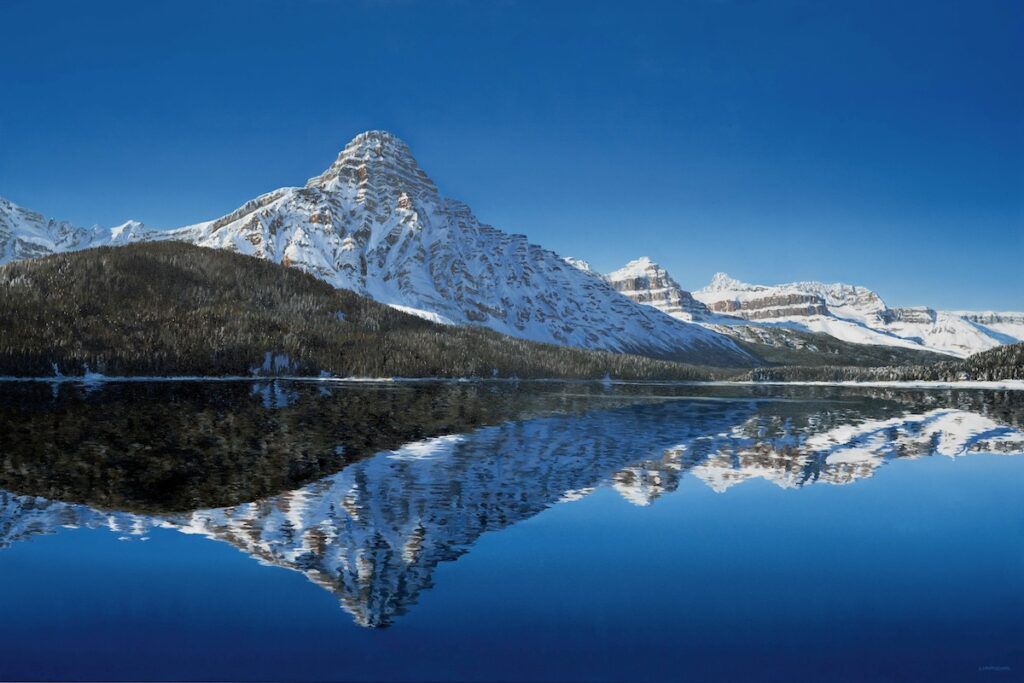
Choosing a Medium
I love all media, but I find that each one is best suited for specific things when it comes to my paintings. Oils give me a long window of opportunity to work with, especially for large areas that need to look consistent. Compared to other media, oils also look the most similar, whether wet or dry. This is a great advantage when trying to match a color that I’ve already put down.

Acrylics, on the other hand, look quite different when dry, which makes color-matching a challenging process. My favorite materials for realistic landscape paintings are heavyweight cotton canvases (Nos. 12 or 10), walnut oil-based oil paints (mostly M. Graham brand), walnut oil and medium-stiff synthetic brushes. —LUCAS KRATOCHWIL
The Call of Nature
It was during his time working in these industries, in urban areas, that Kratochwil realized the importance of the natural world to his well-being. “I grew up surrounded by nature,” he says. “When I moved to Vienna in my early 20s, I became aware of its absence. It was also the first time I was fully on my own, which made me more aware of my surroundings and the impact they were having.”
He eventually decided to relocate. “I had always wanted to live in an English-speaking country, and I wanted to ‘go back’ to a setting with lots of nature,” he says. At 25, he reconnected with his now-wife, who had been his childhood sweetheart at age 10. She was born in West Vancouver but was raised in Argentina. “We spontaneously made the decision to move to Canada,” Kratochwil recalls, “and we arrived with just two suitcases, not knowing anyone or anything about the country.”

The artist was immediately struck by the landscapes. “They looked exactly like the places from my childhood,” he says. The couple couldn’t immerse themselves in their natural surroundings right away, however. “For work reasons, we ended up living in a tiny condo at the busiest intersection of [the city of] North Vancouver,” Kratochwil says. “I think we probably didn’t get a good night’s sleep in three years! But the situation was the catalyst for me to start painting the local landscapes, as large as I could, to bring them into my life in the condo.” Among these paintings is Of Mountains & Seas. Eventually, the couple managed to escape the urban noise, but “the move to the Sunshine Coast [on the westernmost coast of British Columbia’s mainland, across a deep fiord north of Vancouver] was serendipitous. In a contest, we won a wedding there in 2017, and we fell in love with the coast the first time we drove off the ferry. We kept coming back for two years until, in 2019, we decided to move there permanently.”

On-Site: Photos or Plein Air?
Using reference photographs and videos taken on-site allows me to revisit a specific landscape without actually having to return. My memory is better at remembering the feeling of a place than the actual details so, during the hundreds of hours that I may spend working on a painting in my studio, references are vital to help me remember those details.

Painting en plein air is wonderful, though, as it allows me to quickly capture what I’m feeling at a site instead of what the camera sees.It’s an opportunity to practice being more spontaneous with brushwork and color-mixing, things with which I struggle. My natural tendency is to try to get things perfect in one go.
Working outdoors is also a great way to observe and see just how surprisingly fast nature changes, moment to moment. Just try drawing the shadow of a tree in detail. You’ll find that by the time you’ve reached the end of your drawing, the section at which you began looks nothing like the shadow currently in front of you. —LUCAS KRATOCHWIL
Exploration and Discipline
These days, Kratochwil is still improvising, inventing new ways to connect with his market and balance the varied demands of his practice. “At one point, having done quite a few works in my current series, painting began feeling more like a repetitive chore than a glorious, spontaneous creative act,” he admits.
“At the same time, though, there was a great satisfaction in developing consistency and improving upon it. I felt that the part of me that always wanted to try something new met with a new, mature part of me that understood the value of staying the course. This connection completed the picture of what I nowadays think of as a well-rounded, creative and professional practice, in which it’s important to foster artistic exploration and consistency with discipline—something that, after the first hundred hours of a painting and wanting nothing more than to run away, is easier said than done.”

Kratochwil says that during the pandemic, he wanted to share what he was doing with other artists and give them the chance to explore it themselves. “I decided to offer an online workshop to cover all the steps of the process in a way that anyone could follow. So, I did a ‘Landscape Painting Essentials’ workshop, in which I guided students in real time through every step of the process. To my surprise, it was wildly successful, and I was blown away by the quality of the work that the students produced. They asked if we could continue, and we did for almost two years, gradually painting more challenging landscapes and taking on more advanced techniques.”
“I want to convey that feeling of awe in nature. It’s something that can’t be measured, but we all feel it.”
—LUCAS KRATOCHWIL
That experience sparked the idea for even more accessible lessons. “I compiled the recordings of all these lessons and uploaded them to an online platform, where anyone, at any time, can register and do the workshops at their own pace—which I’m happy to say hundreds of people have done.”
Kratochwil believes that he has learned as much as his students. “It helped me crystalize and define parts of my painting process that before had been more spontaneous and organic,” he notes. “It helped me tremendously in being able to communicate these, and it also filled me with satisfaction, seeing people learn new skills and enjoy the process.”

The Feeling of Awe
Kratochwil is still dreaming of ways to work a sculptural element into his paintings. Clients who commission a large-scale mountainscape from him are offered a unique experience: They’re invited to accompany him on a flight to gather reference photos. “I’ve always found that mountains have an entrancing energy but, in many cases, it’s very difficult to get a good view of them,” the artist says. “You get to see them for a few seconds from the highway, and then only from one perspective. I thought it would be interesting to fly up to them, experience them up close and see them from a variety of different angles. It’s so striking how a mountain peak changes its shape as you move around Serratus.
Although Kratochwil is already reaching great heights in terms of his career, his goals extend higher than mere commercial success. “I want to convey that feeling of awe in nature,” he says. “It’s something that can’t be measured, but we all feel it. At a time when we’re spending more time indoors and in virtual worlds, I believe it’s important to keep that connection alive. I hope my paintings can be a portal to the magic of nature.
“We live in a world where there’s immediate access to anything we can imagine,” he continues, “so connecting with things that are made by human hands with love, effort, dedication and good intentions is valuable.”
He pauses and then adds, “It can help us to stop, wonder and connect with the awesomeness and possibilities of our human spirit.”
About the Author
Canadian-based Ruth Rodgers is an award-winning artist, a former president of PastelArtists.ca, and a regular contributing writer to Pastel Journal and Artists Magazine.
Meet the Artist

Lucas Kratochwil, of Roberts Creek, British Columbia, Canada, is a third-generation landscape painter raised in Patagonia. He grew up surrounded by the Andes mountains, Patagonian lakes and ancient native forests. He eventually moved to Graz, Austria, and graduated with a degree in industrial design from FH Joanneum University. He relocated to Vienna, where he had a career in the film industry arts. Using his talents as a painter, sculptor and designer, he designed and fabricated numerous sets and props for movies and television shows. Through the years, he has explored various media, styles and themes—ranging from watercolors to acrylics to oils; drawings to sculpture to abstract art; and from surrealism to fantasy to realism. He has done numerous private painting and sculpture commissions, custom furniture pieces and book illustrations. He’s represented by Ian Tan Gallery,in Vancouver, British Columbia.
Enjoying this article? Sign up for our newsletter!
From Our Shop

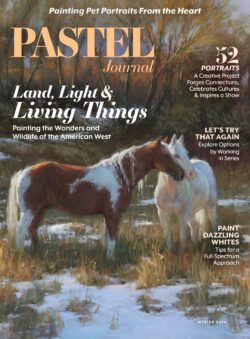
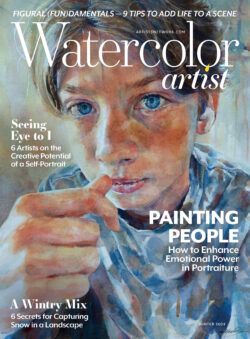
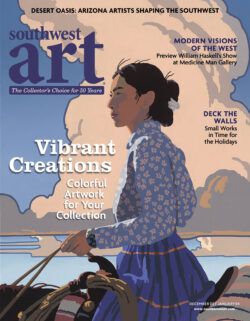
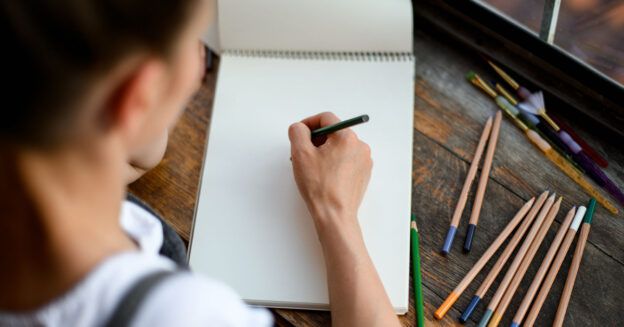
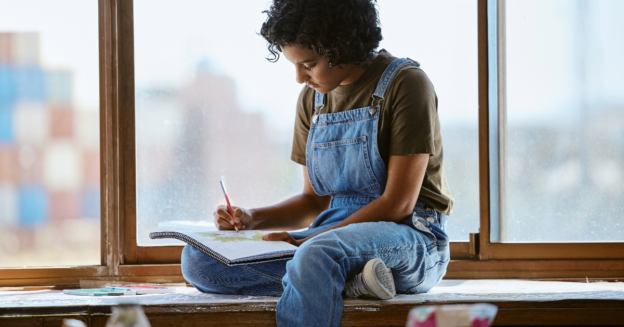
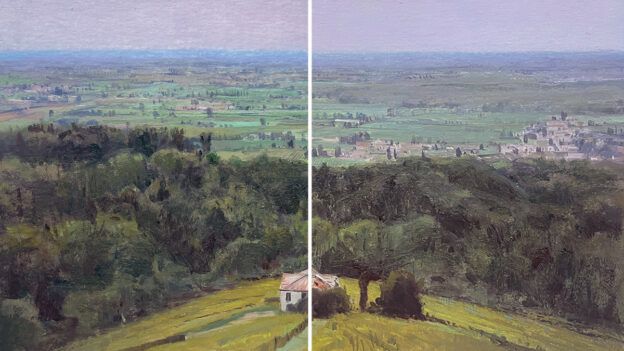
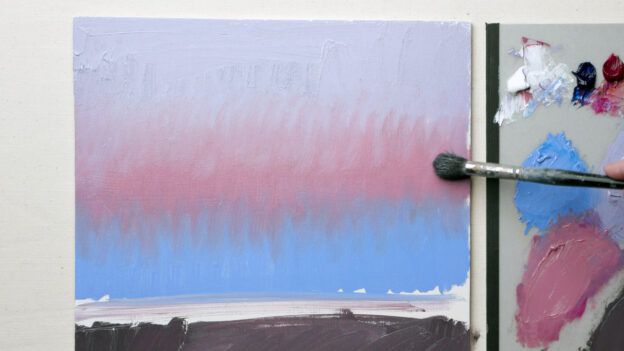
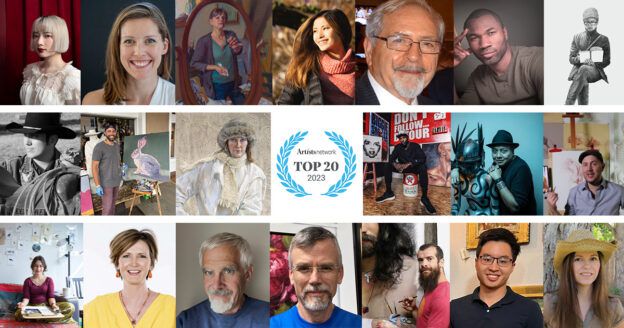
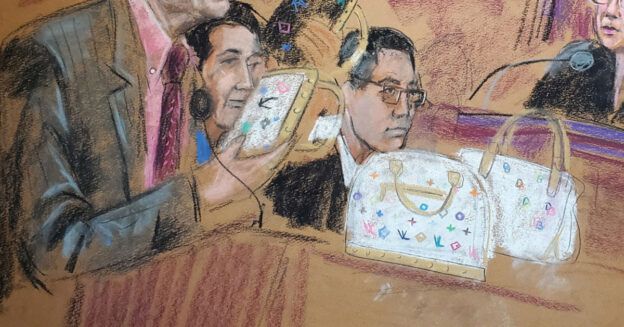
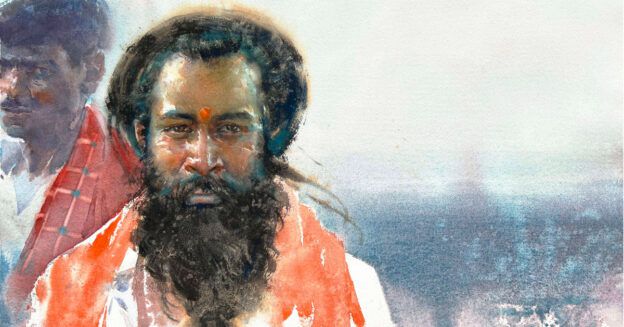
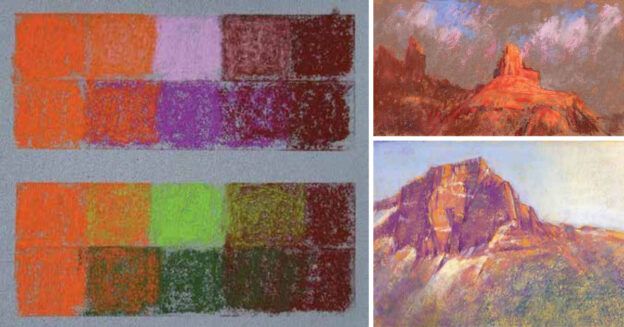
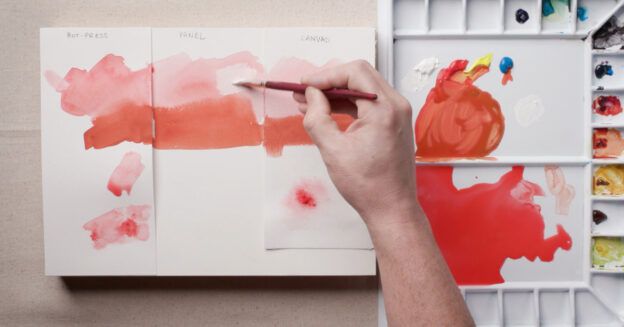
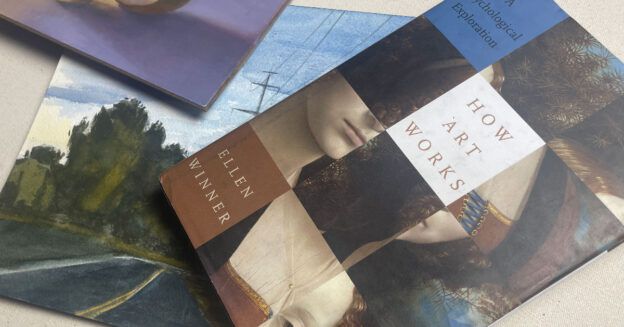
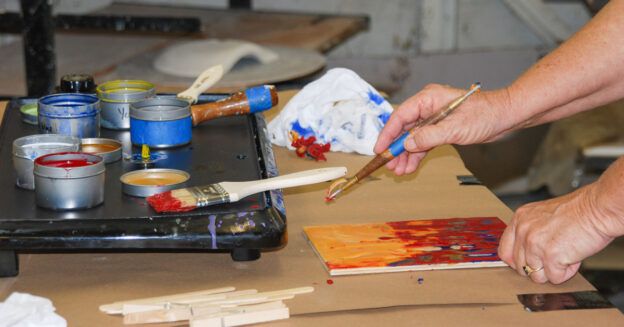
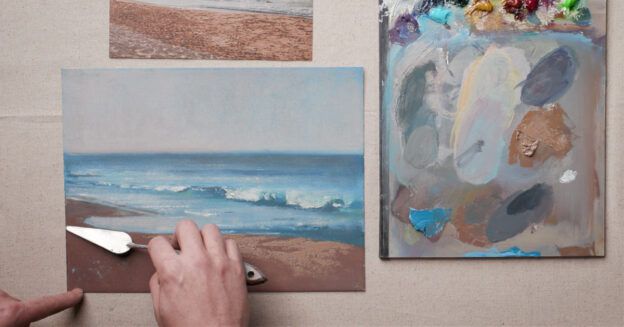
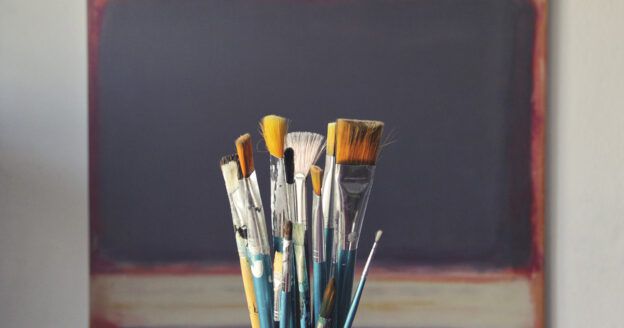
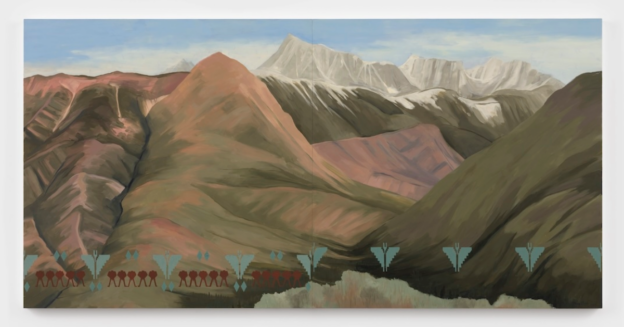
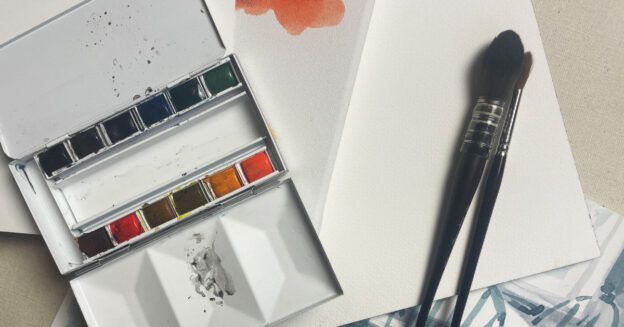
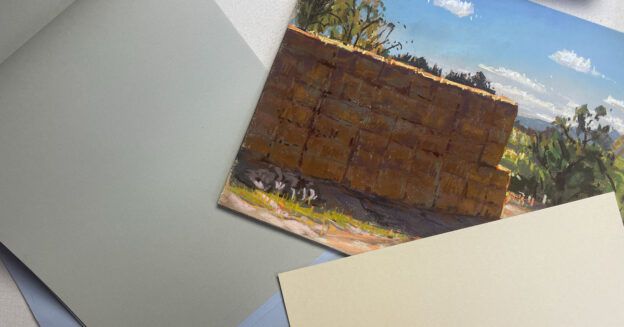
Join the Conversation!